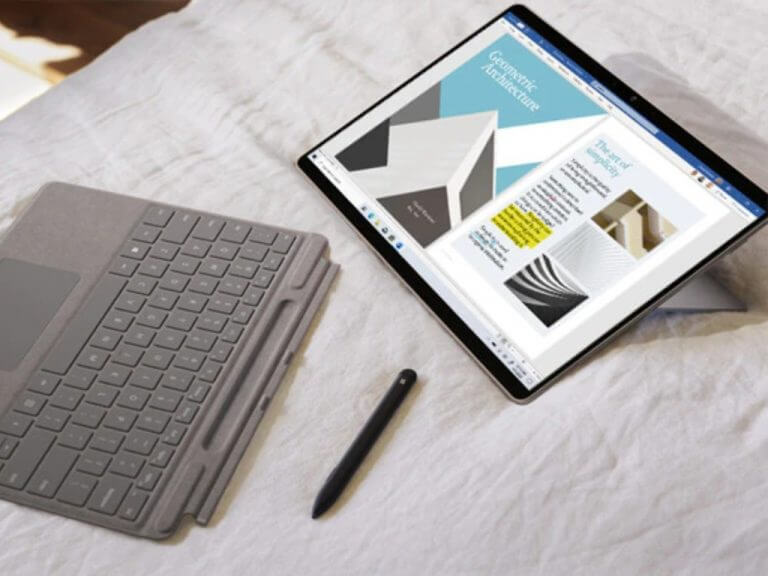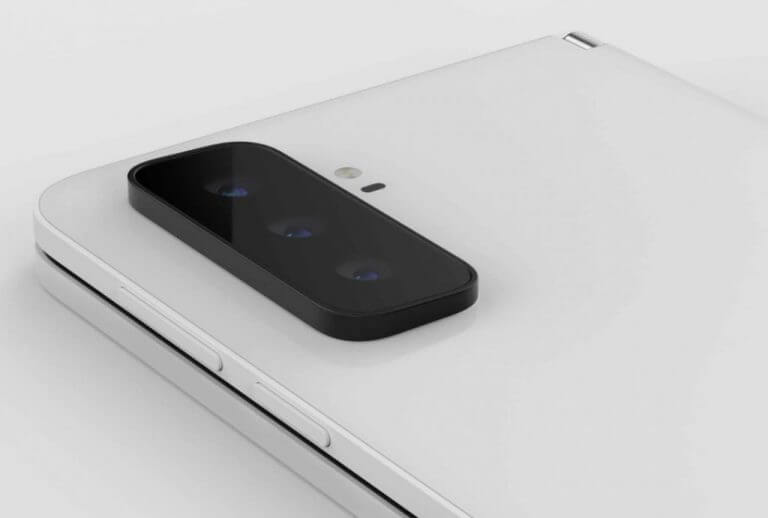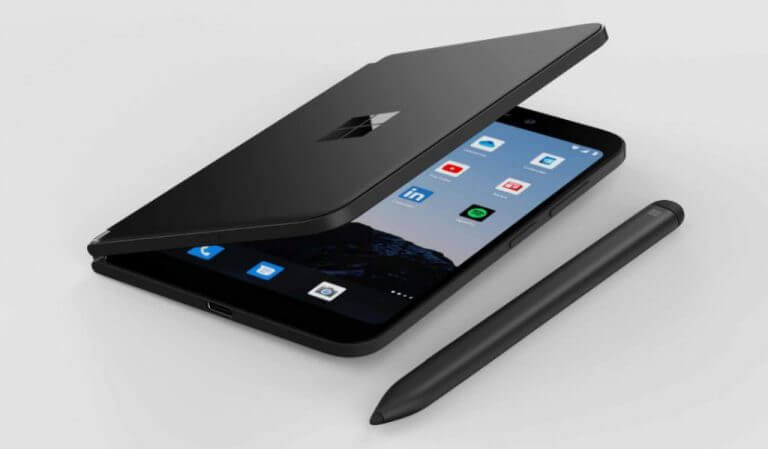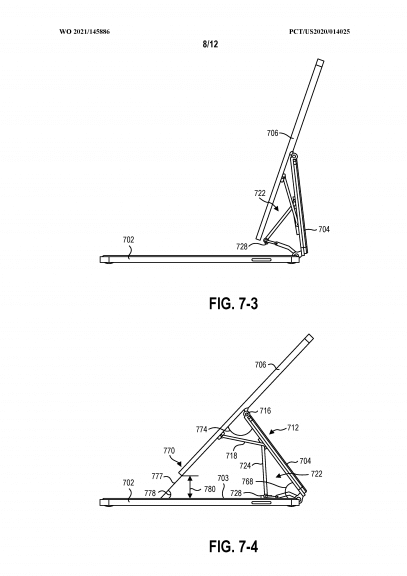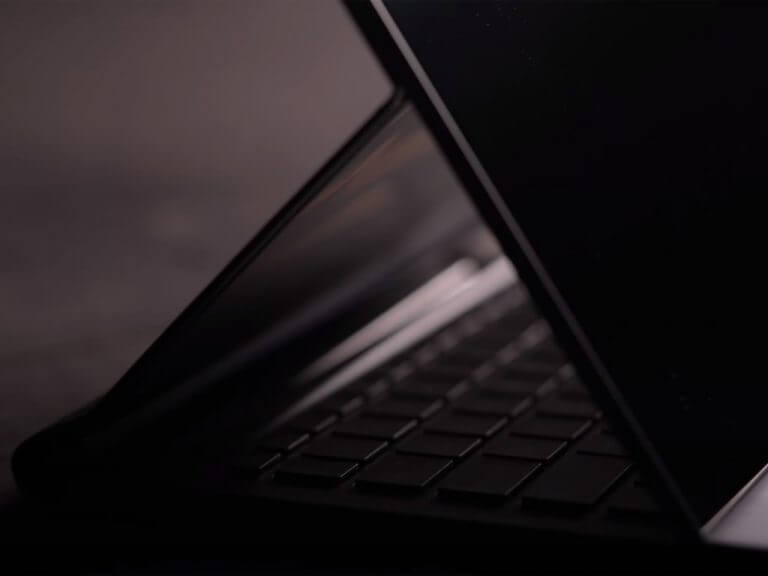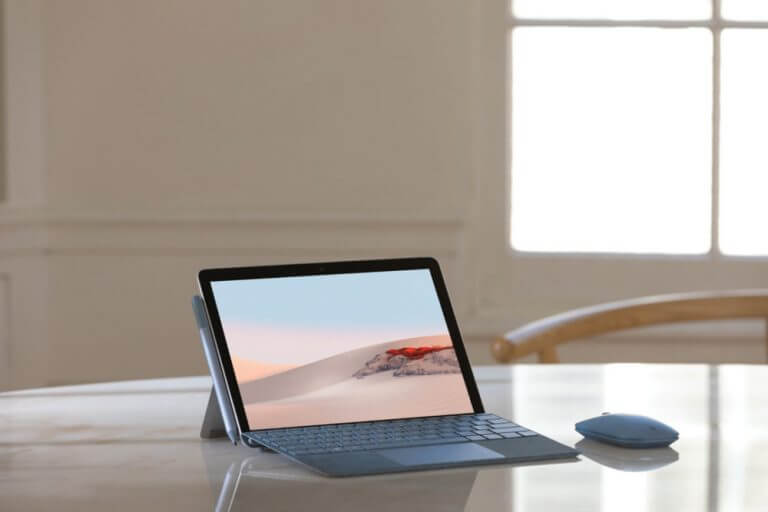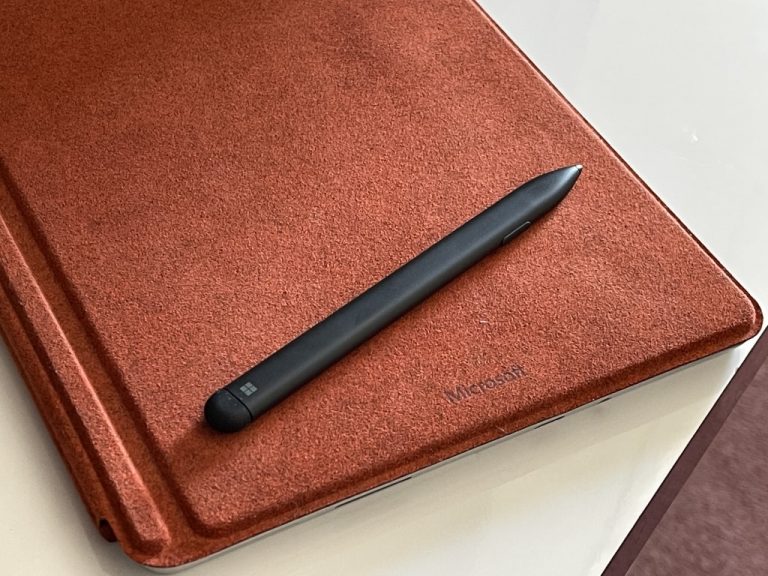We’re just a day out from what’s shaping up to be Microsoft’s biggest Surface hardware event since 2015. During the Fall of 2015, the company rolled out its flagship Lumia 950, Microsoft Band 2, new Type Covers, developer kits for HoloLens updated Surface Pen, Surface Pro 4, and the Surface Book.
Come Wednesday September 22, 2021, we’re expecting Microsoft to announce the Surface Pro 8, Surface Duo 2, Surface Go 3 and most likely a successor to the Surface Book dubbed Surface Laptop Pro or Surface Laptop Studio.
Since last week when we wrote about what to expect, more details regarding the devices that’ll appear tomorrow have leaked, and has helped shaped our final predictions on what Microsoft will be showing off in a matter of hours.
Surface Pro 8
Changes enough, but not enough
While some fans have craved a Surface Pro X clone with the guts of a Surface Pro, we don’t believe Microsoft will deliver that fantasy this time around.
Perhaps not for trying, but because the Pro will most likely house an Intel chip, we doubt the Pro line will get as thin as the Pro X.
However, we should see the Pro 8 get a similarly rounded profile akin to the Surface Go 2 as well as a slimmer bezel profile bringing it more in-line with the Pro X but not as the direct carbon-copy design many hoped it would be.
Fortunately, or unfortunately (depending on how much you need USB-A in your life) we could also see the Pro 8 take after the Pro X and nix the single USB-A port that’s been a mainstay of the Pro line. Instead, the Pro 8 could replace the USB-A port with an additional USB-C port and one that supports Thunderbolt 4 as it is now baked into Intel chips and outside of Microsoft’s excuses as not implement it.
With that being said, we’re expecting Microsoft to stuff the Pro 8 with an 11 Gen Intel chip rather than the unannounced 12 Gen chips which should start appearing later this year or early 2022. While it would be monumental for Microsoft to be ahead of the curve on chipset integration, the company has proven its ability to fine tune the Tiger Lake chip to squeeze out impressive performance for its Pro 7 Plus and Surface Laptop 4 devices.
An optimized Intel 11 Gen coupled with what we’re believing will be an improved NVIDIA GPU in the Pro 8 should yield some solid graphics performance for any Microsoft device outside of the Xbox.
Lastly, we’re expecting the screen tech to be updated this year and starting with the Surface Pro. Microsoft’s Pixel Sense tech is great but hasn’t changed much over the years.
The introduction of OLED panels, with possible haptic feedback support and variable high speed refresh rates will be the biggest changes to the Surface lineup across the board. We’re not sure how these will practically play on device that’s mostly click and mouse oriented, but we’ll see how this plays out in time.
We’re also hoping that thanks to Microsoft’s 11 Gen Intel optimizations and Windows 11, users should start see improved battery life despite the company not predicted to increase the battery.
There were mentions of Microsoft potentially staggering feature releases through variants which could mean there could be a fifteen and or 13-inch device that houses some if not all the aforementioned upgrades while a more normal model retains the tried-and-true form factor to keep in line with enterprise accessories requests.
Surface Duo 2
Finally, a phone
Microsoft has gone out of its way to advertise and pivot the conversation of the Duo away from being a smartphone device but more a miniature productivity device.
Unfortunately, the reality of its size and use case still pigeonholes the Duo as a smartphone that, while exploring the future of use cases, still lacks all the modern-day conveniences of a normal smartphone.
We expect the Duo 2 to answer most if not all reviewers’ critical questions regarding missing smartphone features. This time around, the Duo 2 should come equipped with NFC to help support digital wallets and contactless payments, 5G support for faster connectivity, ultra-wideband support (UWB), and a larger battery.
Recent rumors suggest the Duo 2 will also support Wireless Power Transfer which is somewhat different than the more abundantly applied wireless charging standard. The oddly specific inclusion of WPT would mean that the Duo 2 itself could charge another (possibly) smaller device such as Surface Earbuds or the new Surface Pen we expect to see rolled out.
After scratching off most of the check boxes already punched by other modern smartphones, the Duo 2 will also include Qualcomm’s latest 888 Snapdragon processor as well as support for Wi-Fi6 and Bluetooth 5.
Perhaps, three of the biggest changes to the Duo 2 will come in the form of its domino sized rear-facing triple camera setup that should include an Ultrawide, Telephoto and a 12MP primary.
While the quality of the Duo 2’s camera remains a question, Sony and Microsoft partnered in 2019 to help create an “intelligent image senor” and last year Microsoft filled a position seeking help from a Camera System Engineer to help leverage computational photography.
We’ll see if their efforts pay any dividends in the next few months.
Another substantial change will be the screen tech. The original Duo leveraged to flat 5.6-inch 1800 x 1350-pixel resolution screens while the Duo 2 is reported to bring dual 5.8-inch 2754 x 1896-pixel resolution screens. In addition to the bump in resolution and screen size, the Duo 2 will share the same variable refresh screen rate as the Surface Pro 8, which should help it compete with the likes of the Galaxy Fold and Flip 3 as well as allow it to support the new Surface Pen.
Lastly, Microsoft will be offering the secondary color a lot of fans coveted from Windows and Surface hardware lead Panos Panay when while he was wielding the black prototype during the original Duo announcement. The Duo should ship with a black option as well as the customary off white one. We don’t know at this point if it will be a matte or gloss finish, but if the Duo 2 keeps with the glass exterior chances are it will be a glossy black.
The fingerprint on the power button will remain and storage sizes for the Duo 2 will come with 128GB and 256GB and some outlets are reporting a bump in price that move the Duo 2 to $1,599 over its predecessor which started at $1,499.
A hundred-dollar bump for all the latest smartphone tech to be included in the Duo 2 makes more sense than the ceiling high price for the original, without it.
Surface Laptop Pro (Surface Book 4)
Microsoft’s one more thing
Seems most companies covet that Apple “One more thing moment” during their product announcements and Microsoft is no different. While it’s “one more thing” moments are far and in between, occasionally, Panay will pull a rabbit out of the hat and in 2015 it was the Surface Book and in 2021 we expect it to be the Surface Laptop Pro.
While the Surface team usually is search of a question for its hardware creations, the Surface Laptop Pro should come as an answer to some of the questions and complaints Surface Book owners and fans have had over the years.
Specs on the Surface Laptop Pro are scant currently, but sources are confirming with select outlets that it’s going to be a much more powerful device than the either the Surface Pro or Surface Laptop, with beefier GPUs and a possible $3,000 celling on its price when fully spec’d.
Much of what is known about the Surface Laptop Pro comes from artist renderings based on a patent filing that became public knowledge back in July of this year.
Our educated guess is that there will only be an Intel H-series processor variant for the device, RTX 3050 or 3060 GPU support, larger battery capacity and heat sink which means it’ll probably weigh significantly more than the Surface Laptop or Pro.
Adding to the overall weight, which expect to push 3.5 to 4lbs potentially, is the large screen on the Surface Laptop Pro. Since the Surface Laptop sits as the flagship 13.3-inch option and the Surface Pro at the 12.3-inch slot, we expect the video editing and gaming specialized Surface Laptop Pro to come in at 14 or 14.3-inches.
The Surface Book and Surface Laptop offer both 13 and 15-inch options, but the Surface Laptop Pro could fit snuggly in the 14-inch slot that’s left unattended by any other Surface device.
Ideally, we expect the Surface Laptop Pro to start at 16GB of memory and with configurations for 32GB as well as 512GB or 1TB or 2TB storage options.
We also expect to see the Surface Laptop Pro share the same variable refresh rate screen as both the Pro 8 and Duo 2 as well as some manifestation of haptic support that included in Windows 11.
Surface Go 3
The other Surface option
This may be among our most tepid predictions, but there has been a lot of online chatter and benchmarking that has led to believe the Surface Go 3 will make an appearance during the event.
Not much is changing about the Go 3, and some are arguing that its announcement could be held until Spring of 2022 because of that fact.
However, it seems odd for benchmarks to appear this early and near an already planned event. Microsoft may gloss over the upgrades of the Go 3, but a processor bump isn’t anything to scoff at.
Intel Pentium GOLD 6500Y and Intel Core i3-10100Y processors should be on tap as well as the customary 4GB and 8GB RAM configurations.
Microsoft is said to have improved the battery life on the Surface Go 2 and users could squeeze an additional two hours of its already impressive 11-hour battery life.
There is no word on 5G connectivity, but the previous Go 2 came with LTE support. We expect the Surface Go 3 to once again, share the same screen tech as its cousins and support Microsoft’s new variable refresh screen technology.
Keyboard and accessories
The unsung heroes
New Surface Pro 8 Type Covers are expected in tow to compliment the new device. The new Surface Type Covers should come with a fourth-generation refinement on the Alcantara material as well as new Windows 11 logo keys and possible a pen slot for a new Surface Slim 2021 variant.
As with most launches, Microsoft is expected to launch several colors alongside its hero color for 2021, so we expect to see at least one new color option for the Type Covers.
Speaking of Pens, we suspect that the Surface Slim Pen will be the contemporary design going forward as the more rounded Surface Pen becomes legacy supported. The Slim Pen is proving to be the more versatile when storing it in a keyboard cutout or attached to the flat side of a device.
While the Pro X came with the solitary black color, we expect Microsoft to open the color gamut for additional Surface Slim Pen options. The price of the pen should remain the same at $149 since Microsoft seems stuck on that figure.
Lastly, we expect Microsoft to update its audio offerings. Surface Headphones and Earbuds are due for a refresh this year, and we expect the company will build even more native Team support into both the Certified for Teams versions as well as the casual consumer sets.
It’s been almost two years since Microsoft updated its Surface earbuds and the category has become as much a warzone as headphones. Refinements to the Surface Earbuds could include a reduction in the overall size while still maintain a large enough touch-surface area for controls, additional colors, improvements to sound quality and noise cancellation as well as well as multi-pairing and Bluetooth 6. We would like to see a reduction in the price of both the Surface Headphones as well as the Buds to stay in line with competition, but sadly fear Microsoft will keep with the customary $249.99 and $199 respectively.
There you have it. Everything we think will be shown at tomorrow’s event, now go and claim these predictions as your own and impress your friends when it’s all proven right in a few hours.


